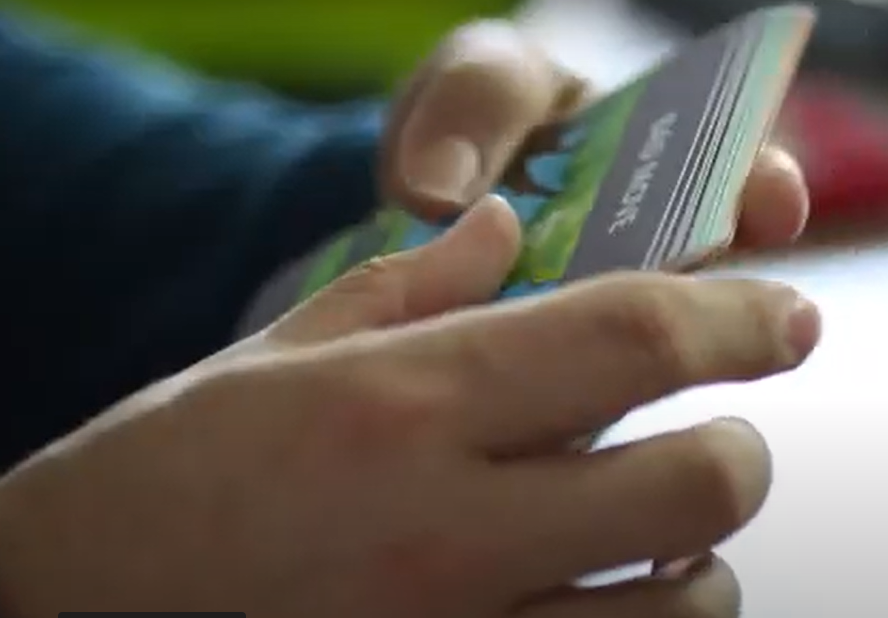A JOURNEY THROUGH EDUCATIONAL MANAGE OF QUARRELS AT SCHOOL (PART 2 OF 3)
By Julian and Joanna Saint Fournier, and Stephen Camilleri
The Friendship Cards were developed by Relationships are Forever Foundation, a non profit organization based in Malta.
The creation of the cards was influenced by three frameworks, from the field of education and psychology: Vygotsky’s social development theory, Alexander’s dialogic model of teaching and Bronfenbrenner’s ecological systems theory.
How Cards work?
The tool is made up of a set of cards divided into 5 sections – Feelings, Bad Move, Good Move, Making Up; and the Feeling Section once again.
The tool can be used by educators and parents; according to the age and needs of the children and adolescents can be used with case studies, stories or short clips.
Once the story or experience is shared, the educators use the ‘Feeling’ cards to process the associated feelings of the characters in the story, and then the ‘Bad Moves’ and the ‘Good Moves’ cards; these help children and adolescents understand how different characters behave or react to a conflict.
Through reflection the children and adolescents begin to understand why certain behaviors (moves, in the play) are negative, and why others are positive.
They begin to understand that when you make the wrong choices (bad moves) the conflict will get bigger, while when you make the right choice (good moves) the conflict is settled in an amicable way.
The ‘Making up’ cards give different options on how the children and adolescents could settle conflicts in an amicable resolution.
The last phase is the understanding of how feelings of the characters in the story might change when there is an amicable resolution to the conflict, but remain the same or become more inappropriate when the conflict escalates, or is not tackled appropriately.
A very flexible tool, with great results
The cards can be used as a preventive tool, or as an intervention tool (eg.: when two children are quarreling, and they do not have the ability to solve the conflict in an amicable way).
When used as intervention, the teacher needs a quiet room, where the students in question can talk about their conflicts and their feelings with the help of the cards.
Using Friendship Cards there is more cooperation between students: they learn to understand each other better and are aware that when a conflict arises there are the cards, which they can use to manage the conflict in an amicable way.
The tool creates a safe space for students to discuss and share what they are experiencing in their life, inside and outside school.
Students who are exposed to different feelings and emotions, are able to integrate this in their everyday behavior, and attitudes and become more emotional literate. Understanding, empathy and concern for others can also instill in students a sense of forgiveness.
A teacher that is a guidance, without imposing his/her ideas
The teacher becomes a facilitator of learning, s/he does not seek to solve the conflict herself/himself, but empowers the student to use the cards to find an amicable way of dealing with the conflict. The guidance teacher does not impose his ideas, but facilitates the session. The teacher may focus on the three domains that help students learn how to solve conflicts amicably: emotional, cognitive and behavioral domain.
When students learn how to handle conflict responsibly, they own the problem and the solutions they find.
The children now have a sense of ownership of the problem and the solution.
The emphasis is for the teacher to create a context where the children feel safe to share, play and learn.
The students dialogue and discuss with each other; they share their feelings and try to find a solution that is suitable for all parties concerned.
Conflict, therefore, becomes an opportunity for growth and learning, it helps them develop negotiation and problem-solving skills, helps them understand that conflicts affect different persons differently, that conflicts are part of life and that there are a lot of emotions involved in conflicts that need to be shared and understood.
In this short video you can see a sample of Friendship Cards in action: a simple tool that permits children and teens to develop skills useful for their life at school and outside.


